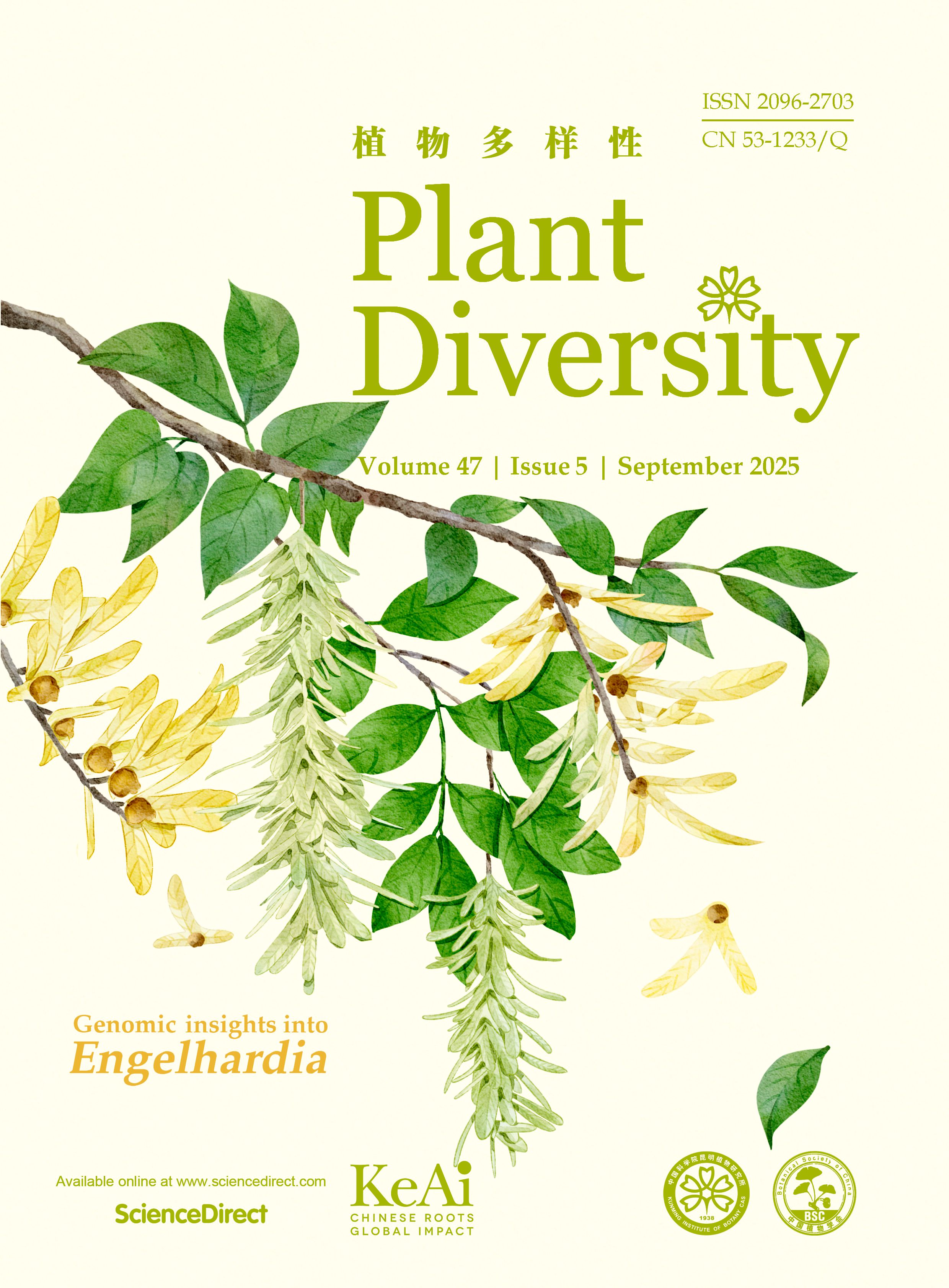Genetic information has been instrumental in elucidating the relationship between the East Asian Summer Monsoon (EASM) and subtropical evergreen broad-leaved forests (EBLFs). However, how the genomic insights of EBLFs’ species correspond to environmental shifts induced by the EASM remains limited.
In a study featured cover story in Plant Diversity, researchers from Xishuangbanna Tropical Botanical Garden (XTBG) and their collaborators uncovered the genetic underpinnings of how Engelhardia trees adapted to the environmental changes driven by the East Asian Summer Monsoon. The research provides the first genomic evidence linking the divergence of evergreen trees in subtropical forests directly to the monsoon's history, revealing a story of adaptation driven by gene family expansion and genome duplication.
Using genome sequencing and comparative genomic analyses, the researchers examined the mechanisms underlying the adaptation of Engelhardia species. They analyzed de novo genome assemblies of five closely related Engelhardia species and one Rhoiptelea species, revealing that the divergence of these species from their deciduous sister species is closely associated with the initiation and intensification of the EASM.
Specifically, a remarkable expansion of terpene synthase (TPS) gene family was uncovered in E. fenzelii, which may have been driven by four different modes of gene duplication, in addition, a shared whole-genome duplication (WGD) event across the entire genus of Engelhardia was identified, as well as substantial differences in transposable element (TE) composition and activity between E. fenzelii and E. roxburghiana.
Demographic analyses painted a concerning picture, showing a continuous population decline in Engelhardia over the past 10 million years. This long-term trend has been further exacerbated by recent human activity, highlighting an urgent need for targeted conservation efforts to protect these ecologically significant species.
"Our study connects the dots between genomic evolution and a major climatic event," said Dr. MENG Hhonghu of XTBG. "We can now see how the pressure of the East Asian Summer Monsoon directly shaped the genetic toolkit of these trees, fostering adaptations like stronger defense systems.”
The findings provide a foundational genomic perspective on the assembly and historical development of East Asia's EBLFs.

Contact
MENG Honghu Ph.D
Xishuangbanna Tropical Botanical Garden, the Chinese Academy of Sciences
E-mail: menghonghu@xtbg.ac.cn
Available online 25 July 2025

